Most often, onions are grown in the country areas. In addition to the usual onion, gardeners give preference to other types of this culture, among which the Luk-Batun occupies not last. This perennial plant came to us from Asia and China. Today it is grown everywhere in Russia. Sades love him for soft taste, abundant green arrows and unpretentiousness in care. Next, we will tell you more about the characteristics of this culture, as well as the technology of its cultivation.
Luk-Batuni April: cultural characteristics
There are many varieties of this culture, among them the most popular:
- Grade "Salad".
- Grade "Trinity".
- Luk-Batun April.
- Grade "Long Tokyo".
- Luk-Batun Ural.
- Grade perforter.
- Variety "Long White Koshikaya".
Luk-Batun, April possesses the following distinctive features:
- Culture refers to many years of species.
- The bulb has an oval, elongated shape. Inside there is a thick stalk, a height of about 90 cm.
- During flowering, culture flowers are collected in massive umbrellas.
- There are several ways to breed a culture - seedlings, seeds, the division of the bush. The first method is used very rarely, and only if the onions are grown exclusively to produce green arrows.
- In the first few years, the bow forms strong and long rhizomes, which can be 25-30 cm in length. Get the first harvest after landing can already be at the beginning of summer.
- It is worth saying that the onions of Batun are growing most often only for the sake of obtaining fresh greenery for serving or supplementing kitchen dishes. It should be remembered that on the same site it is not recommended to plant a culture more than 5-6 years in a row.
Preparation of St. Batuna
Luca-Batuna planting with seeds is used more often than other methods of breeding culture. Before growing seedlings, planting material should be prepared. This will increase the germination and accessibility of seeds. Preparatory activities begin at the beginning of spring (at the end of March or early April). Preparation includes the following steps:
- It is necessary to prepare landing containers for seeds. They are filled with fertile soil. In its composition, it is necessary to have a ferry land, wood ash and humus (all these feeders are mixed approximately in equal shares). You can add another small part of mineral fertilizers in the boarding soil.
- The prepared soil must pass the sterilization procedure in the microwave oven (3-4 min). It is then treated with a weak solution of potassium permanganate.
- The landing material itself before landing in the soil should be soaked in water. In the liquid, the seeds should lie at least 20 hours, and better - 24 hours. Then the landing material "temper" - placed in the refrigerator for 2-3 days. Pre-seeds should be dried to in the refrigerator they are not covered with an icy crust.
- After the seeds have passed the charging procedure, they should be placed in the container. No more than 5-7 pieces of seeds should be planted in each container. The distance between each hole should be about 3-4 cm. Divide the planting material into the soil of 1 cm.
- From above, the planting material is sprinkled with the earth and a small amount of fine-grained sand. After that, the soil in the container should be moistened, but do not overdo it in order not to blur the sand from the surface of the soil. Containers should be stored at a temperature of 18 degrees.
- After the first sprouts were crumpled, landing containers should be moved to the windowsill, where the sun's rays will come well. Make sure that the room where the seeds are stored is not too hot. Otherwise, they should be transferred to another place, where the temperature does not rise above 13 degrees.
- The room where seedlings are stored, should be periodically ventilated. At the same time, the containers should be removed from the windowsill so that they do not damage them in any way.
- If there is little light in the room, then for the landing material you should organize additional artificial lighting. Phytolampa is perfectly suitable as an additional light source.
- The proceeding seedlings should be regularly water. At the same time, do not allow soil moistening in the container. In addition, it is necessary to make fertilizers in the soil. Superphosphate fertilizers and potash salt are suitable as feeding.
- When the first leaflets appear, seedlings should be switched. Leave on the stem only "healthy" leaves.
- Directly 10 days before the landing in open ground, the seedlings must be hardening. For this, it is carried out for 30 minutes to the balcony on the "ventilation". Gradually, the stay of seedlings on the balcony increases to 1-2 hours.
Next, we consider when to plant the onions Batuni April, and how the landing is carried out correctly.
How to plant onion Batuni april
Luke Batuna seedlings are held in the soil at the end of May - early June.
Basic rules landing plants are as follows:
- This culture does not withstand frosts on the ground, so their probability must be reduced to zero. Insufficiently propheted soil significantly slows down the rise of Luke, which can lead to a bad crop. Seeding seedlings to achieve a 60-day age. By this time, they have time to form a normal root system, 3-4 real sheets, and the thickness of the stem at the base is at least 3 mm.
- It is especially important for landing onions-batuna to choose the right area. Unlike the onion onions, it is not too demanding for high light, so you can choose a landing site in the shade. The main key to success in the cultivation of this culture is the selection of the right soil. It should be fertile, moderately moistened, weakly acid. Excessively moistened areas, as well as sandy soils, can cause the plant's leaving "in the arrow". If the soil acidity is raised on the area, it is reduced by adding wood ash to the soil. However, this can be done only for half a year before sowing. The ideal option is to autumn dumping site. Approximate ash consumption - 500 grams per 1 m 2 Plot.
- Luke Batun can grow in one place for 4-5 years. However, the soil before it is necessary to carefully easily easily. Do it with the help of mineral and organic fertilizers. Fucking the site is carried out 15-20 days before planting seedlings. Composts or humidations are used from the organic 4-5 kg \u200b\u200bper 1 m 2. Mineral Fertilizers: Ammonium Seliver - 25-30 gr., Sodium chloride - 15-20 gr., Superphosphate 30-40 gr. per square meter. After the flourishing of fertilizer on the surface of the site, you should switch, break the lumps of the earth and dissolve with rake.
- In order for the culture to give a good harvest, it is desirable to follow the rules of the crop rotation. Of course, in the conditions of limited country sites, it is pretty difficult to do this, but it will improve the final result. The most successful landing of the onion bobber will be after legumes, cabbage or tomatoes, and after carrots, the onions or cucumbers are not planted.
- The landing of the seedlings of Luke Batuna into an open ground is nothing complicated. For this, there are several rows of wells with a side of approximately 25 cm, and a distance between the holes is 15 cm. A little water is poured into the well, seated seedlings and sprinkle under the base of the leaves.
Growing Luke-Batuna April for the winter
This technology is often practiced by gardens in places with warm winters. It is believed that the bow planted for the winter gives the best result than planted in the spring. We are landing for the winter period in October-November, when the air temperature is stable at + 2 ° C ... + 4 ° C. The area under the sowing of Luke Batuna should begin to prepare from summer: to make the necessary fertilizers, cleanse the site from weeds, to combat pests.
The depth of planting plants depends on the density of the soil on the site. If it is not too dense, the depth of planting should be at least 3 cm, with a heavy ground enough 2 cm. After planting, it is necessary to carry out the mulching of the site in order to preserve moisture as much as possible and not let the landing frozen. Do it with peat. After snowing snow, the area can be covered with a dense transparent polyethylene film. This will help keep warm under it, which will have a positive effect on the growth rate of plants. After the plants are sprouting, they need to be switched.
Growing Luca Batuna at home
Those who have no summer cottage should not be upset. Bowbun for a vitamin basket can be grown on the windowsill of the apartment. Basically, the bushes grown on the garden are used for this. They are neatly digging, so as not to damage the root system and together with a com, they transplanted into the container with fertile soil. At the same time, it is necessary to provide a plant with an average temperature of + 18 ° C ... + 22 ° C and air humidity up to 80%. Under normal conditions, fresh greens will appear after a couple of weeks.
Grow culture too from seeds. To do this, they must be soaked in water, and then a day to withstand in a weak solution of manganese (pink color). They sow them into fertile, well-drained primer to a depth of no more than 2 cm. The lack of growing onion from the seed is that the crop wait for a very long time.
CARE OF LUKE-BATUMER APRIL
Plant as such does not require special attention. The whole process of care for it is a weeding, watering, and a one-time feeder with an organician:
- Certifying a garden with this plant must be carried out constantly after each watering or rain. The fact is that after entering moisture to the surface of the soil, its top layer is taken with a crust, which in turn prevents the ingress of sufficient oxygen. So that this does not happen, and spend weeding. During this process, weeds are also carried out.
- Watering the bowbun need constantly. The plant does not like drought. This is especially true of hot summer. The moisture should penetrate the inside of the soil layer at least 20 cm.
- Falkering plants spend once. To do this, I use a korlard or bird litter in the proportion of 1:10 and 1:15, respectively. It is impossible to feed the constantly onion bobber, since the plant has the property of accumulating nitrates harmful to the body.
Luk Batun: Useful properties
Green onions has always been used as additions to almost any dishes due to their piquancy. It has a lot of useful substances. It is worth noting that the vitamins in it is greater than in the bulb itself. In order to germinate the green onions, the following varieties can be taken - onions, bow-slim, bow-batun, sometimes chalot.
Beneficial features:
- This plant is actively used in folk medicine in the treatment of many ailments. In addition, the Batun is used to strengthen and update the hair onions, and also stimulates hair growth in their falling.
- In contrast to the onions, the onion boltun contains chlorophyll, which is useful for iron deficiency anemia and is necessary for blood formation. Thanks to phosphorus and calcium, this culture improves health, strengthens immunity.
- Luk-Batun is often used in therapeutic and preventive purposes. In particular, it is used for gout, obesity, rheumatism. In addition, it should be noted that the culture is an effective means of infectious and colds. At least, thanks to the same Vitamin C. This bow is recommended as an effective antibacterial agent.
- Even the benefits of the plant lies in the content of zinc, which is necessary for the health of hair, nails and skin.
Diseases and pests of Luca-Batuna April
With proper care, selection of areas and compliance with the landing rules of diseases in this plant does not occur. Otherwise, the Batun may be hurting with false torment or perico. The main reason for the appearance of diseases is a fungal infection that occurs with incorrect irrigation. The fight against this disease is carried out by removing the affected plants and the processing of the remaining copper vigorous or similar drugs.
From pests worth noting:
- Onion weevil.
- Onion fire.
- Onion flies.
The struggle against pests is carried out with the help of carboofos or fufanon.

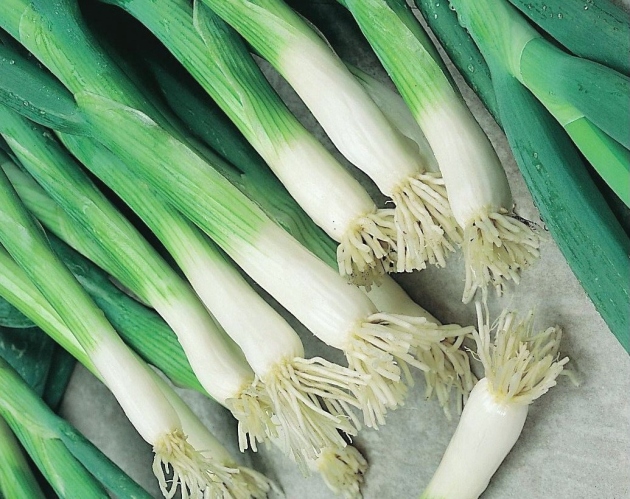
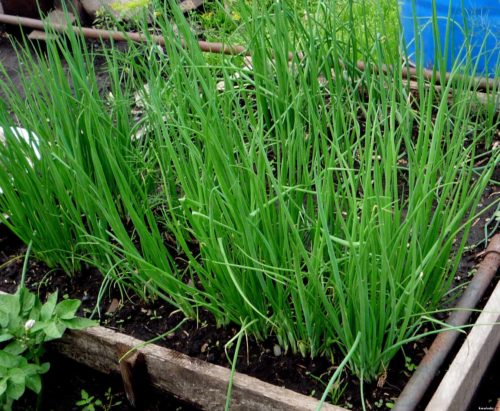

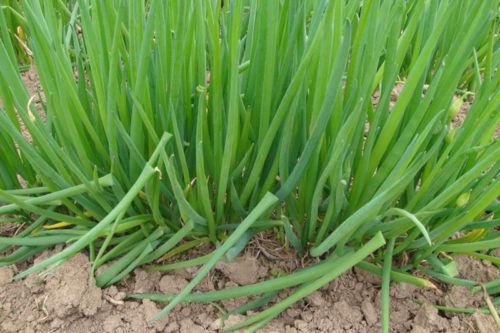

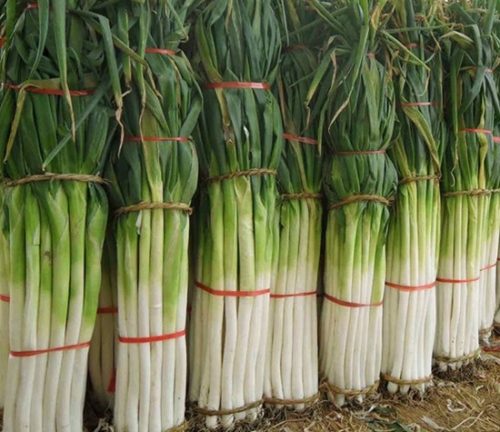
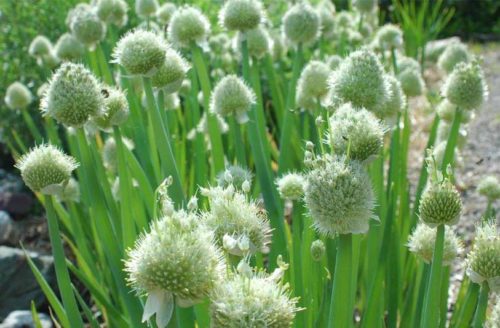
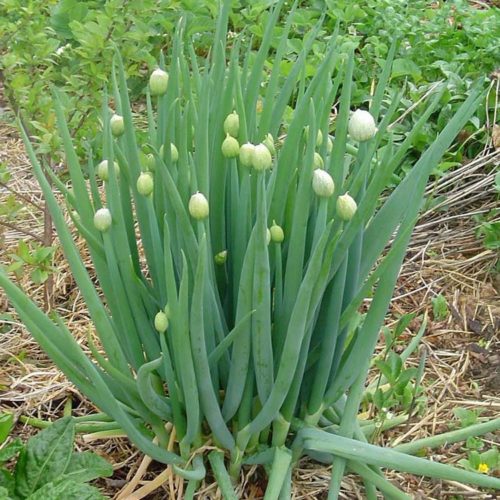
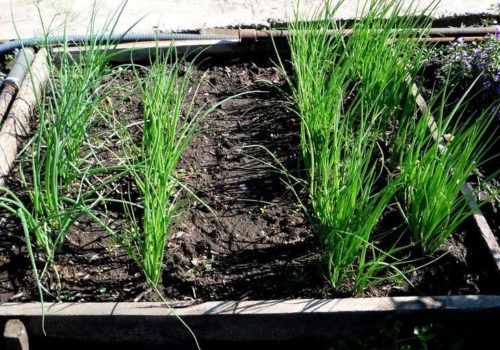
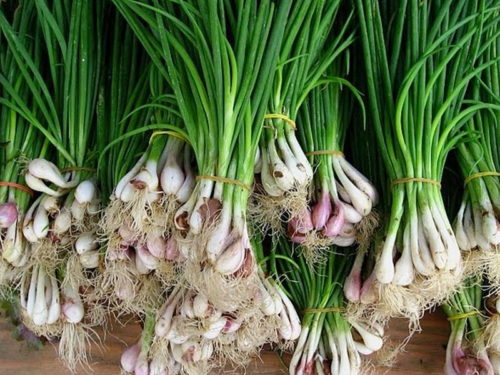













 Start a discussion ...
Start a discussion ...